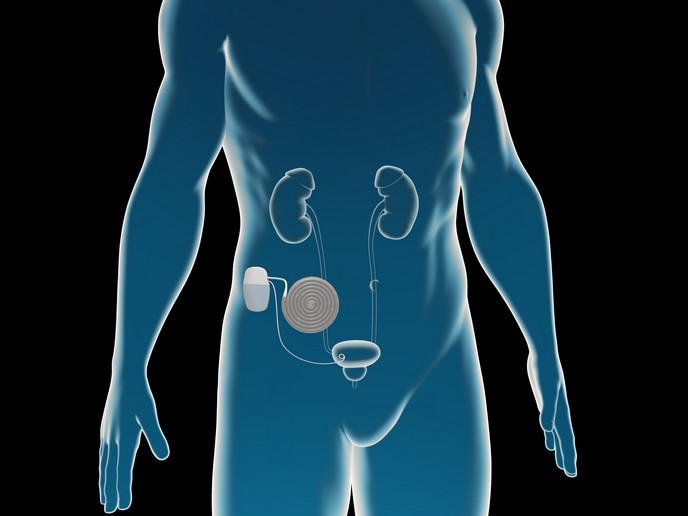Virtual clinical trials could improve stroke treatments
Stroke, where the blood supply to the brain is blocked, is a major cause of long-term disability and the second most common cause of death globally(opens in new window). Over 1 million people(opens in new window) in Europe suffer a stroke each year, resulting in direct and indirect annual costs of approximately EUR 60 billion(opens in new window). After several decades of research, the standard treatments for acute ischaemic stroke are thrombolysis(opens in new window), where medicines break down blood clots, and endovascular thrombectomy(opens in new window), where clots are removed mechanically. Yet according to Charles Majoie, from Amsterdam UMC(opens in new window) and project coordinator of the INSIST project(opens in new window), up to two thirds of the patients remain functionally dependent, requiring constant care. “To improve patient outcomes, clinical trials need to more effectively identify patients likely to benefit from specific treatments,” he says. The EU-funded project has developed computational models that can calculate the probable outcomes for ‘virtual patients’, after receiving thrombolysis and/or thrombectomy treatments.
The virtual population
INSIST’s model was built from data on thousands of patients in the MR CLEAN Registry(opens in new window) – a nationwide Dutch database of all acute ischaemic stroke patients who received endovascular treatment. This data, including thrombus imaging (400 patients) and histology (350 patients), and intracranial artery characteristics (120 patients), enabled the team to create realistic virtual patients. “Our virtual patients reflect 15 of the most relevant prognostic characteristics – such as age, sex and comorbidities. They also include clinical features like vessel geometries and thrombus,” INSIST co-coordinator Henk Marquering notes. To facilitate the in silico clinical trials, three models work in tandem. Tissue death models estimate tissue status during stroke onset, immediately after treatment and 24 hours later. Blood flow models reflect changes at all stroke stages, including treatment. Finally, the 3D perfusion model describes the blood perfusion in the brain’s white and grey matter, with reversible and irreversible brain tissue damage resulting from perfusion changes estimated by the tissue death model.
In silico testing
INSIST’s model tested thrombolysis with intravenous alteplase and mechanical thrombectomy with stent retrievers, simulating crimping, placement, deployment and clot retrieval to estimate thrombus fragmentation. The trials were simulated using real-life data from the MR CLEAN Registry which allowed the model to correlate brain tissue status 24 hours after treatment with the patient’s clinical outcome after 90 days. The results were then aggregated over subpopulations of interest. “We can evaluate the performance of treatments in various patient scenarios and better understand planned and unplanned effects for both patients and populations,” explains INSIST researcher Praneeta Konduri. “For example, we studied the performance of a commercially available stent for different fibrin compositions in an occluding thrombus, getting results comparable to those from MR CLEAN intervention data, alongside clinical assumptions.” INSIST’s virtual population and in silico tests were validated using the HERMES data set(opens in new window) which holds the results of six randomised clinical trials with 1 500 patients from around world, looking at the benefits of endovascular thrombectomy and thrombolysis.
A burgeoning approach
Supported by regulatory bodies such as the European Medicines Agency(opens in new window), computer modelling and in silico experimentation is playing an increasingly important role in the research and development of biomedical products. “With our technology, new treatments could be evaluated across several clinical scenarios, accelerating development time while reducing costs,” says Majoie. “Also, extrapolating these results to population scale, provides us with a deeper understanding of stroke.” As well as introducing these techniques to potential users, such as trial clinicians, the team intend to incorporate more recent thrombectomy techniques, such as aspiration, into their simulations.







